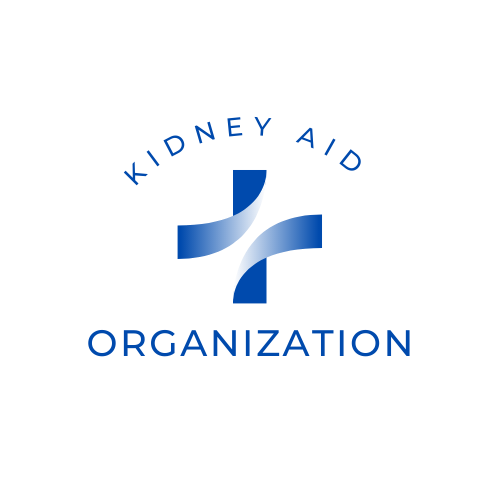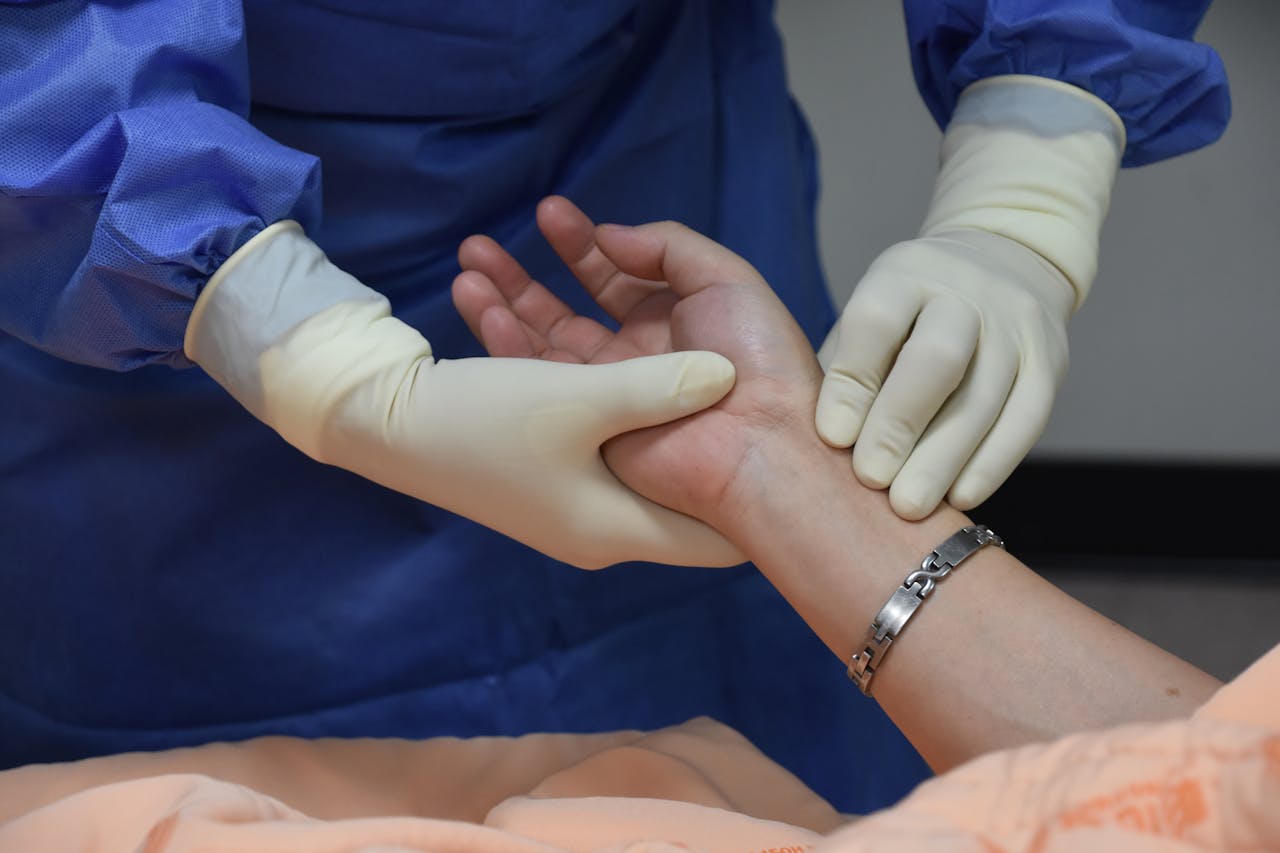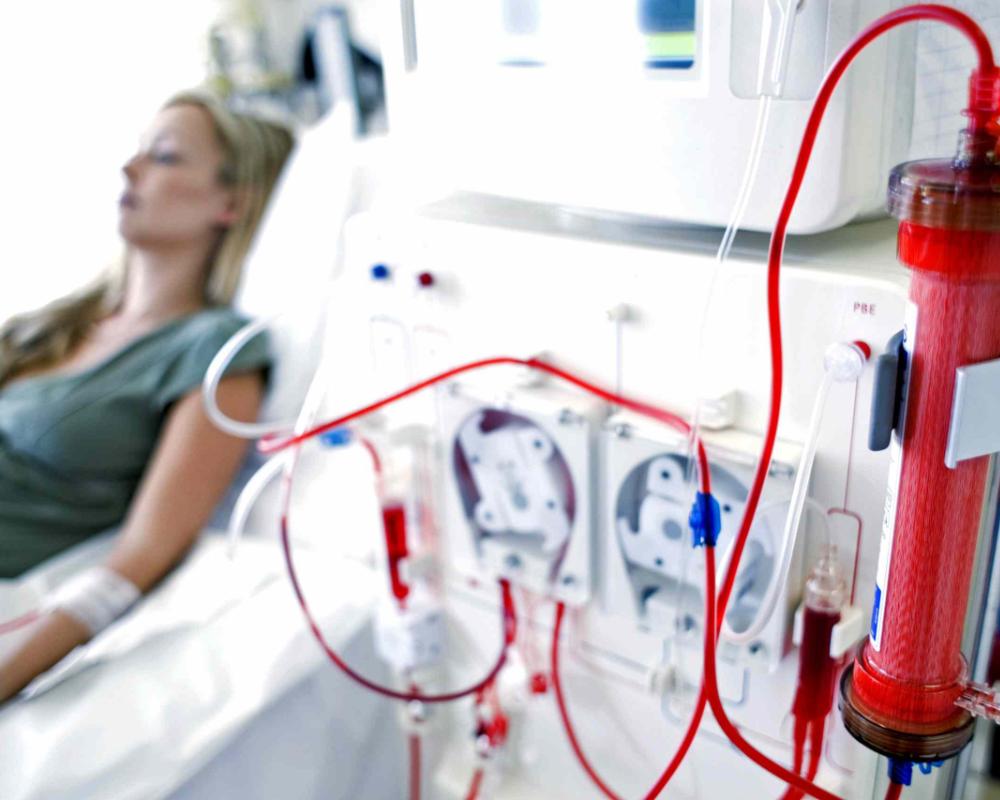Chronic Kidney Disease (CKD) is a progressive condition that affects millions of people worldwide. Stage 3a CKD marks an early to moderate decline in kidney function, with an estimated glomerular filtration rate (eGFR) between 45-59 mL/min. While kidney damage at this stage is not yet severe, proactive management is crucial to slow progression and prevent complications.
In this comprehensive guide, we’ll explore: ✔ What Stage 3a CKD means ✔ Key treatment approaches ✔ Medications to protect kidney function ✔ Diet and lifestyle modifications ✔ Monitoring and preventing complications
What Is Stage 3a CKD?
CKD is classified into five stages based on eGFR, which measures how well the kidneys filter waste from the blood:
-
Stage 1: eGFR ≥ 90 (normal kidney function with signs of damage)
-
Stage 2: eGFR 60-89 (mild reduction)
-
Stage 3a: eGFR 45-59 (moderate decline)
-
Stage 3b: eGFR 30-44 (moderate to severe decline)
-
Stage 4: eGFR 15-29 (severe decline)
-
Stage 5: eGFR < 15 (kidney failure, requiring dialysis or transplant)
At Stage 3a, symptoms may still be mild or absent, but the kidneys are less efficient at filtering toxins, balancing fluids, and regulating blood pressure. Without proper care, CKD can progress to more advanced stages.
Treatment Goals for Stage 3a CKD
The primary objectives in managing Stage 3a CKD include:
-
Slowing disease progression
-
Managing underlying conditions (e.g., diabetes, hypertension)
-
Preventing complications (e.g., anemia, bone disease, cardiovascular issues)
-
Maintaining quality of life
Key Treatment Strategies for Stage 3a CKD
1. Control Blood Pressure
High blood pressure (hypertension) is a leading cause of CKD progression. The target blood pressure for most CKD patients is <130/80 mmHg.
Common medications:
-
ACE inhibitors (e.g., lisinopril, enalapril)
-
ARBs (e.g., losartan, valsartan)
-
These medications help protect kidney function by reducing pressure on the glomeruli (kidney filters).
-
-
Diuretics (e.g., furosemide) may be used if fluid retention is an issue.
2. Manage Blood Sugar (If Diabetic)
Diabetes is the #1 cause of CKD. Tight glucose control can prevent further kidney damage.
Recommendations:
-
Target HbA1c around 7% (individualized based on age and health).
-
SGLT2 inhibitors (e.g., empagliflozin, dapagliflozin) have been shown to protect kidneys in diabetic patients.
-
GLP-1 agonists (e.g., semaglutide) may also help.
3. Adjust Medications to Reduce Kidney Strain
Some drugs can worsen kidney function. Your doctor may adjust or avoid:
-
NSAIDs (e.g., ibuprofen, naproxen) – Can reduce kidney blood flow.
-
Certain antibiotics (e.g., gentamicin) – Can be nephrotoxic.
-
Contrast dyes (used in imaging tests) – May require extra precautions.
4. Optimize Diet (Renal-Friendly Nutrition)
A kidney-friendly diet helps reduce waste buildup and eases kidney workload.
Key dietary guidelines for Stage 3a CKD:
-
Moderate protein intake (0.8 g/kg body weight) – Too much protein strains kidneys.
-
Limit sodium (<2,300 mg/day) – Helps control blood pressure.
-
Monitor potassium & phosphorus (if levels are high).
-
High-potassium foods: Bananas, oranges, potatoes.
-
High-phosphorus foods: Dairy, nuts, processed meats.
-
-
Stay hydrated, but avoid excessive fluid if advised.
A registered dietitian (RD) specializing in kidney health can personalize your meal plan.
5. Treat Complications Early
As kidney function declines, complications may arise:
-
Anemia (low red blood cells) – Treated with iron supplements or erythropoiesis-stimulating agents (ESAs).
-
Mineral and bone disorders – Calcium and vitamin D adjustments may be needed.
-
High cholesterol – Statins may be prescribed to reduce cardiovascular risk.
6. Exercise and Healthy Lifestyle Habits
-
Regular physical activity (walking, swimming) helps control blood pressure and weight.
-
Quit smoking – Smoking accelerates kidney damage.
-
Limit alcohol – Excessive drinking can raise blood pressure.
Monitoring and Follow-Up for Stage 3a CKD
Regular check-ups are essential to track kidney function and adjust treatment as needed.
Typical monitoring includes: ✔ Blood tests (eGFR, creatinine, electrolytes) ✔ Urine tests (albumin-to-creatinine ratio) ✔ Blood pressure checks ✔ Review of medications
Can Stage 3a CKD Be Reversed?
While kidney damage is usually permanent, progression can often be slowed or halted with proper care. Some patients remain stable in Stage 3 for years or even decades.
Final Thoughts
Stage 3a CKD is a critical point where early intervention can make a significant difference. By managing blood pressure, blood sugar, diet, and medications, you can protect your kidney function and maintain a good quality of life.
Next Steps:
-
Consult a nephrologist (kidney specialist) if you haven’t already.
-
Work with a renal dietitian to optimize nutrition.
-
Stay proactive with regular lab tests and doctor visits.
With the right approach, Stage 3a CKD can be managed effectively, allowing you to live well and reduce the risk of further decline. Disclaimer: This post is for informational purposes only and does not replace medical advice. Always consult your healthcare provider for personalized treatment recommendations.


